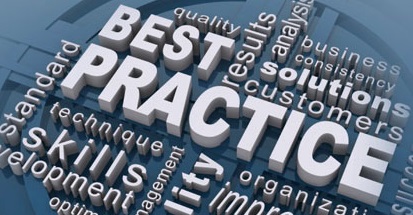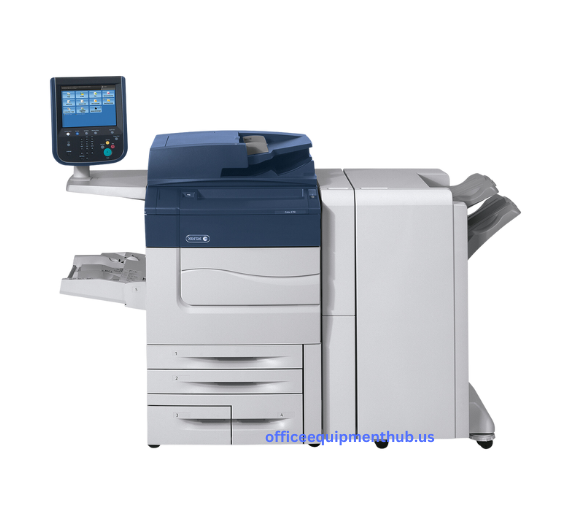Copy Machine Lease
Copier Lease Agreement
Paper capacity: Input and Output trays can hold 500 to 3,000 sheets
The perfect lease will fit your current and future usage levels, while also providing your business with the services and capabilities it needs. Working with an authorized dealer who is knowledgeable about your business environment will help you structure the best lease agreement.
By defining clearly the terms, costs and conditions of the lease, a tight contract protects both parties. Negotiate as much as possible to get the best price.



